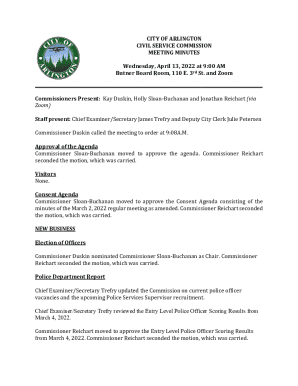SSI Paperwork: Your Step-by-Step Guide to Filling It Out

The process of completing SSI (Supplemental Security Income) paperwork can seem daunting, especially if you're doing it for the first time. Whether you're applying for yourself or helping someone else, understanding the application process, the documents required, and the best practices for filling out these forms can significantly streamline the experience. Here’s your comprehensive, step-by-step guide to navigating through SSI paperwork with confidence.
Understanding SSI Eligibility

Before you dive into the paperwork, it’s crucial to confirm eligibility:
- Income: Your income must be below a certain threshold.
- Resources: There are limits to the amount of resources (like cash, bank accounts, and other property) you can own.
- Disability: You must meet SSA’s definition of disability for adults or be blind.
- Age: Must be 65 or older, or under 65 with a disability or blindness.
- Citizenship: You need to be a U.S. citizen or meet certain non-citizen requirements.
Preparing Your Documents

To avoid delays in processing your application, here’s a checklist of documents you’ll need:
- Proof of income (pay stubs, Social Security benefits statements, etc.)
- Financial statements (bank accounts, investment accounts, etc.)
- Proof of residence (utility bills, rental agreements, etc.)
- Medical records showing disability or blindness
- Social Security Number
- Birth certificate
| Document Type | Example |
|---|---|
| Proof of Identity | Birth Certificate, Driver's License |
| Proof of Income | Recent Pay Stubs, Benefit Statements |
| Medical Records | Doctor’s Notes, Hospital Records |

Filling Out the Application

The application for SSI involves several forms:
- SSI Application Form: SSA-8000-F4, where you provide personal details, income, and resources.
- Child Disability Report (if applicable): SSA-3820-BK.
- Disability Report: SSA-3368-BK, detailing your medical condition, treatment, and impact on daily activities.
Here are some tips for filling out these forms:
- Answer all questions thoroughly. If something does not apply, write "N/A."
- Be precise with dates and figures.
- Get help if necessary, especially for the medical section, by consulting with medical professionals.
💡 Note: It's important to keep copies of all documents and applications you submit. This helps in case of any disputes or if you need to reapply.
Submitting Your Application

Once you’ve completed all the forms:
- Submit them in person at your local SSA office, via mail, or online through the SSA’s official website.
- If submitting in person, take advantage of the opportunity to ask questions and ensure everything is correct.
The Review Process

After submitting your application:
- SSA will review your application. This might include a disability determination or interviews.
- Be prepared for a potentially long wait. SSA aims to make a decision within 90 days, but complex cases might take longer.
- Keep your contact information updated to avoid missing important communications.
Common Pitfalls and How to Avoid Them

Avoid these common mistakes:
- Incomplete Applications: Ensure every section is filled out.
- Incorrect Information: Double-check all entered data.
- Lack of Evidence: Provide all required medical and financial documentation upfront.
Appealing Decisions

If your application is denied:
- You have the right to appeal.
- Request a reconsideration, which means your case will be reviewed by a different SSA representative.
- If denied again, you can request a hearing with an Administrative Law Judge (ALJ).
- Ensure you have all additional evidence and explanations ready for the appeal.
After Approval

Once approved:
- Expect back payments for the period since your application was filed.
- Regularly report any changes in income, resources, or living conditions to SSA.
- Remember that SSI benefits can impact other public assistance programs.
Additional Considerations

Here are some additional points to consider:
- Consider setting up an advance designation of representative payee if you need assistance managing your benefits.
- Learn about the Supplemental Nutrition Assistance Program (SNAP), as SSI recipients often qualify for food assistance.
- Understand the work incentives if you decide to work, such as the Ticket to Work program.
In navigating the labyrinth of SSI paperwork, thorough preparation, attention to detail, and understanding the process are key to a successful application. Remember, patience and perseverance are vital; the journey might be long, but the outcome can significantly improve your life or the lives of those you care about.
What do I do if I lose the forms?

+
You can either download new forms from the SSA website or visit your local SSA office to pick up new copies.
How long does it typically take to process an SSI application?

+
SSA aims to process applications within 90 days, but complex cases might take longer.
What if I don’t have all the required documents?

+
You can still apply, but provide as much documentation as possible. SSA might request missing documents later or might make temporary decisions.



